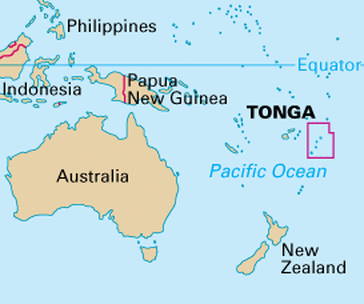900 319 0030
enquiry@shankarias.in
India BPO Promotion Scheme (IBPS)
SANKALP Project
INS Kalvari
Ban on Petcoke
New Island

Tonga Island
Source: The Hindu, PIB